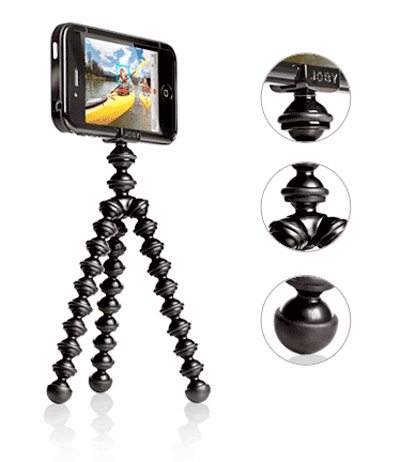50gb is likely to be much more than your smartphone. Indeed syncing with your smartphone is a really nice feature that most cloud services offer via their ios and android apps. Want to transfer your itunes to your smart phone without using googlemusic? You can. Want movies on your phone from your cloud, you can. Just want your work files? No problem.
In March 2006 Amazon S3 (Simple Storage Service) was launched, a an online file storage web service offered by Amazon Web Services that could be leased out. Dropbox, Bitcasa and Ubuntu One all use the amazon infrastructure. Dropbox is probably best known.
In 2007 the Dropbox, founder conceived the idea after repeatedly forgetting his USB drive while he was a student at MIT in the US. Dropbox.com was launched late 2009, when they acquired their current domain, "dropbox.com". It attracted millions in investment including from The U2 stars Bono and the Edge. Users user frew from 5m in 2010 to 25m in 2011 and 175m in June 2013.
Then the big players entered the market Microsoft with skydrive (200 mi), Google with Gdrive and Apple with icloud (300mi). These have helped keep prices down but there is a catch with all of these services: either limited capacity or limited files size or both. For example dropbox offers a rather pathetic 2gb on free services with a maximum 300mb per file (when uploaded via the web). The cost per GB is about $1 per year (ie $99 for 100gb). Skydrive and Gdrive are significantly cheaper however but only give away 7gb and 15gb respectively. Google's recently upped capacity to15gb is not bad but it is shared with gmail's email footage. Another plus for google drive is that maximum file size is a very generous 10gb...enough for almost anything inc video (10gb = 2hr 1080p movie).
Maximum file size is really quite important. Typical files sizes are
JPG photo = 10mb
RAW photo = 50mb
5min mp3 = 50mb
5min lossless audio = 200mb
10min video clip = 200mb
1hr 720p HD video = 1gb
2hr 1080p HD video = 10gb
1hr uncompressed video = 50gb
Ideally you want a cloud service with good storage capacity and high filesize allowance and no bandwidth throttle and nice features. A really nice service with great features and 50gb free and fair 250mb mx filesize is box.com. 50gb is available from Dell advantage or by emailing box staff btw.
A nice review of cloud services is here: http://gizmodo.com/5990589/the-best-way-to-store-your-stuff-in-the-cloud
If you want to maintain access to files across multiple PCs then sugarsync is a great option. Free allocation is nothing special but it often runs 50% off offers making $50 for 100gb. Its feature set is excellent and interface second to none.
250mb filesize not enough?
One of my current favourites is Cloud.com is totally unlimited and the free allocation has recently been boosted to 15gb to match google. Use this link and you'll get 20gb free
https://copy.com?r=0b6JtG
50gb not enough? Then perhaps the answer is the new raft of unlimited services...although none are free.
Bitcasa offers unlimited filesize and the first 10GB are free for around $99 or £70 you get no limits at all. This sounds great but I have had some problems uploading to bitcasa so I am holding off for now.
Carbonite was designed to backup whole hard drives. Unlimited space costs about $60 a year, and Carbonite to just back up all your stuff automatically, so all your crap will be stored in the unlimited cloud without a thought. However there is a 4GB max for uploaded files ( I think you can upload these manually).
Backblaze is $50 a year for unlimited storage, but it doesn't have any Android support.
Others to consider are mediafire which seems really cheap and works well in my limited testing but it does have a 300mb filesize cap on free accounts.
Cloud services offer stability for your data provided the company itself doesn't go bust (lookup megaupload!). Someone may well launch a totally unlimited service, perhaps tied to purchase of their hardwear. Next time I'll look at how to tie multiple cloud service together.





















